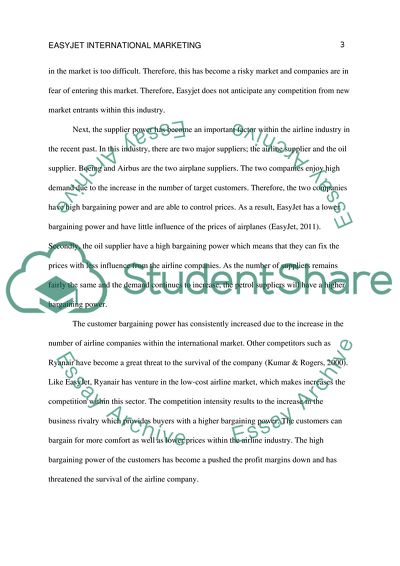Cite this document
(EasyJet International Marketing Case Study Example | Topics and Well Written Essays - 2000 words - 9, n.d.)
EasyJet International Marketing Case Study Example | Topics and Well Written Essays - 2000 words - 9. Retrieved from https://studentshare.org/marketing/1869459-international-marketing
EasyJet International Marketing Case Study Example | Topics and Well Written Essays - 2000 words - 9. Retrieved from https://studentshare.org/marketing/1869459-international-marketing
(EasyJet International Marketing Case Study Example | Topics and Well Written Essays - 2000 Words - 9)
EasyJet International Marketing Case Study Example | Topics and Well Written Essays - 2000 Words - 9. https://studentshare.org/marketing/1869459-international-marketing.
EasyJet International Marketing Case Study Example | Topics and Well Written Essays - 2000 Words - 9. https://studentshare.org/marketing/1869459-international-marketing.
“EasyJet International Marketing Case Study Example | Topics and Well Written Essays - 2000 Words - 9”. https://studentshare.org/marketing/1869459-international-marketing.


